Just two communities have applied to take neglected land into public ownership since the Scottish Government launched the initiative more than five years ago, The Ferret has found.
Since 2018, communities have been able to bid for the compulsory purchase of land that is abandoned, neglected or detrimental to the local environment or area, meaning that ministers can force owners to sell, even if they have no plans to do so.
Local communities can apply for the right to buy neglected land and property including greenspaces, woodlands, retail and industrial units, churches, halls, lochs, bridges, canals and foreshores.
However, just two groups have attempted to do so, and neither were successful, according to official data. Community ownership campaigners said the initiative set “too high a bar” for applicants to get past. An overhaul is needed to make it work for communities, they argued.
To support land reform and help local communities to own and manage local land, right to buy legislation was introduced in Scotland in 2003. Local groups can apply to register an interest to buy land when it comes up for sale.
The right for communities to compulsorily purchase neglected land – subject to approval by ministers – was introduced in April 2018, but has attracted just three right to buy bids from two groups.
The battle to buy ‘neglected’ Argyll woodland
The Helensburgh Community Woodlands Group (HCWG) is one of the two applicants. In 2019, it made a case under the land reform act to acquire two woodlands in the west end of Helensburgh.
Andy Donald, a chartered engineer who joined the group in 2015, told The Ferret how the bid stemmed back to 2004, when a group of local residents formed HCWG to try and stop a landowner from turning woodlands at Cumberland Avenue and Castle Wood into housing.
After failing to get planning permission, the owner allegedly let the woods become overgrown by invasive species, felled trees without authorisation and neglected drainage ditches, which would flood nearby gardens and closes during heavy rain, HCWG claimed.
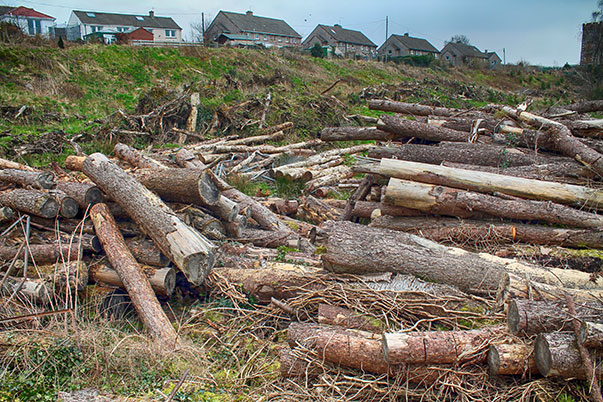
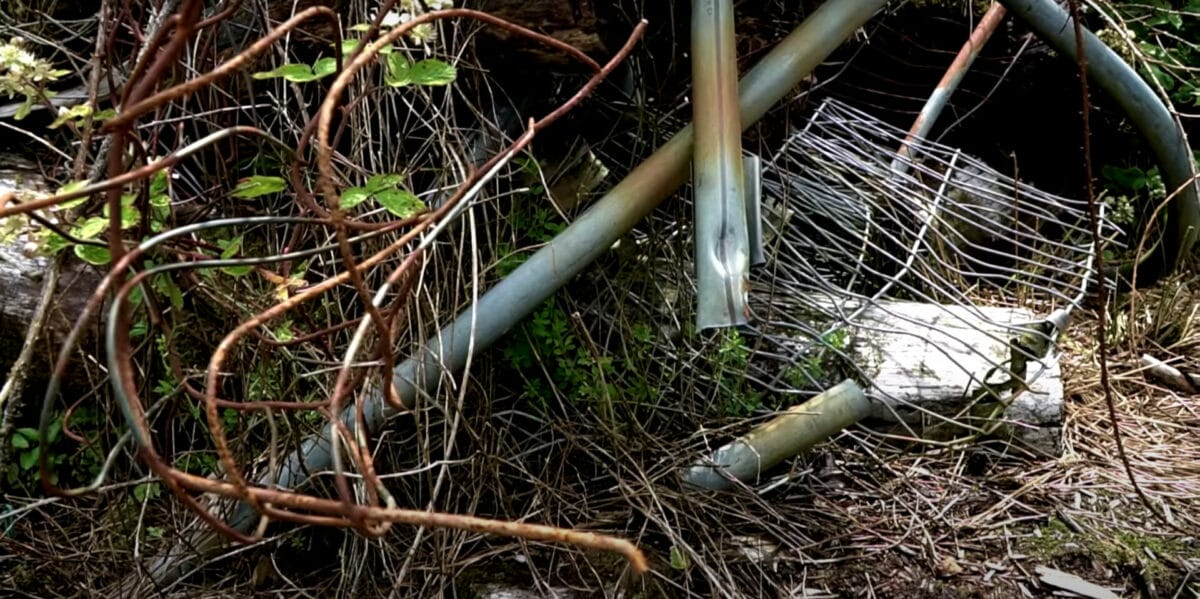

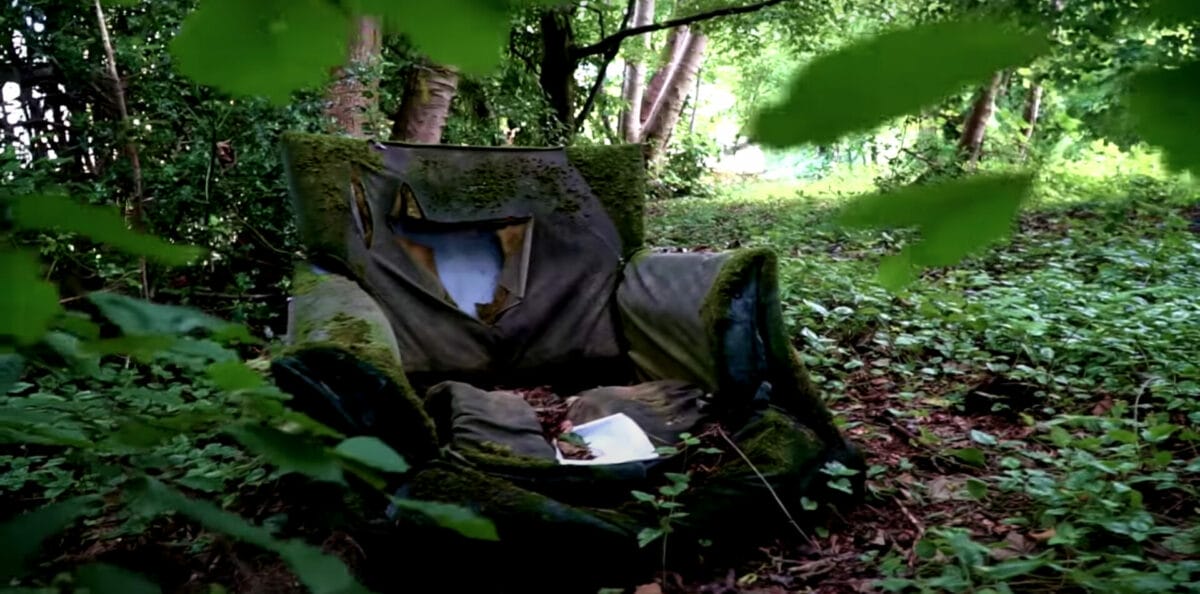
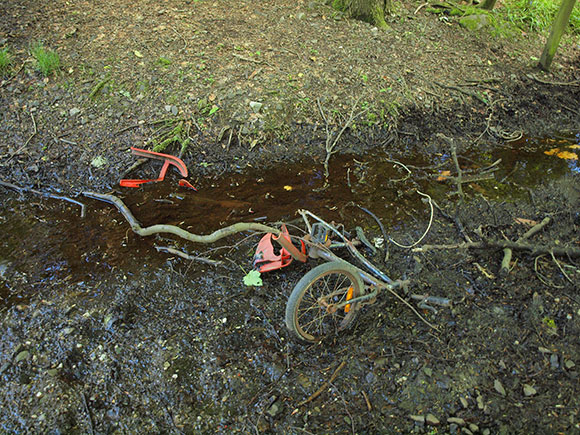
After the owners declined the group’s offer to buy the land, HCWG applied to ministers to force a right to compulsory purchase – a task that was not easy.
To demonstrate support, to group had to raise around £3,500 – later reimbursed by the government – to ballot some 2,000 homes, and repeatedly knock doors to ask locals to cast their vote. Their efforts paid off when the vote was overwhelmingly in favour.
It spent months working on 80-page applications for each woodland, alongside other documents. But “the biggest difficulty” was producing an accurate map of the area.
It took months for Registers of Scotland to review the map, which found that a narrow path and old fence at the end of a block of adjoining flats had been incorrectly included. Ministers classified the area as two land holdings – invalidating the application – and rejected the bid.
“You can imagine how we felt at the time,” said Donald. “It was a hell of a lot of work for it to be thrown out on a technicality that could have been easily addressed.” The application for Cumberland Avenue was also rejected by ministers, “but the decision was very difficult for us to interpret and accept,” he added.
“As a group of volunteers, is not an easy thing to do. You have to have particular knowledge and skills to be able to do it.” However, he found the government’s land team “very helpful”, and conceded that they must act within the law and be fair to landowners.
Thankfully for the HCWG, the owners of Castle Wood ended up negotiating a sale – but not via right to buy. The group successfully applied to the government’s Scottish Land Fund for £117,128, and finally bought the woodlands in 2020. Donald found the process much easier than battling with land reform legislation.
Applicants have to demonstrate why ownership would be beneficial to the community, demonstrate community support for a buyout, and evidence a clear route to purchase – in this case a landowner willing to sell.
Since buying the woodland, HCGW have, among other things, addressed the drainage ditches to stop nearby flooding, and begun removing invasive species.

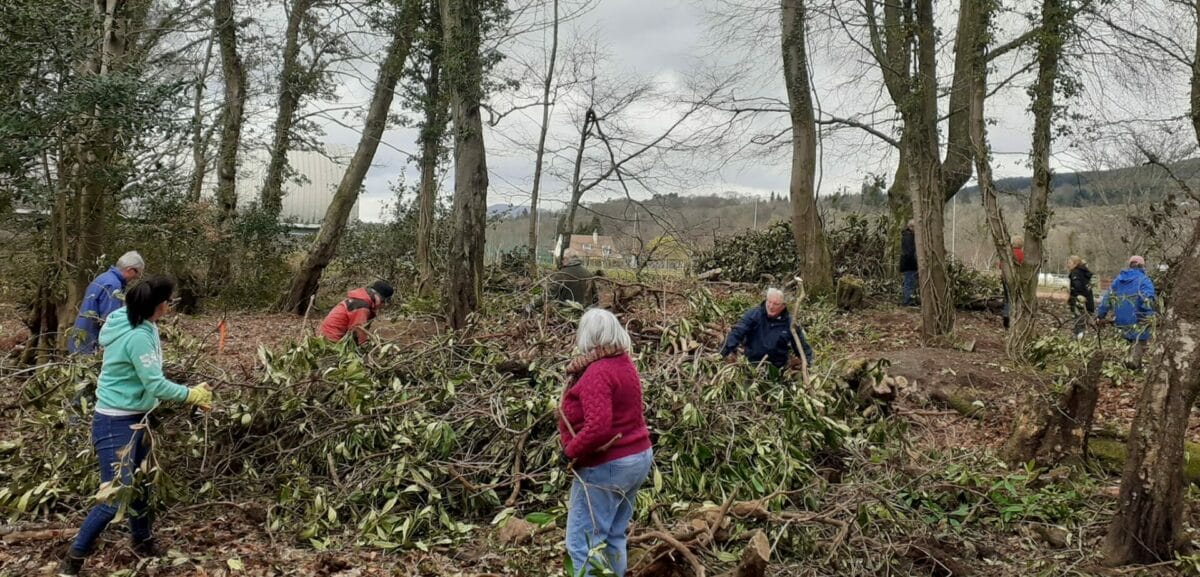
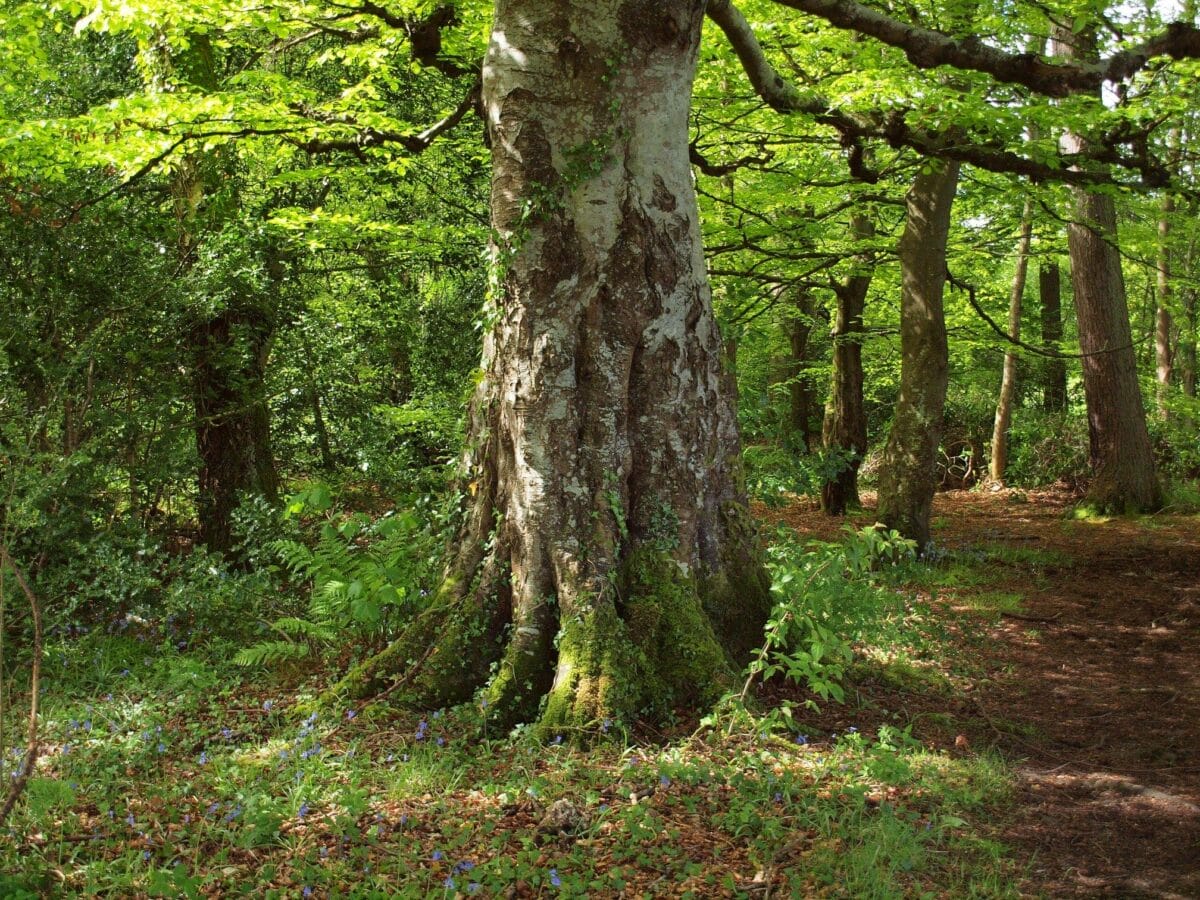
They have also made plans – and funding applications – to create a pond in collaboration with the local primary school, and an all-abilities path through the woods.
HCGW is now evolving from a group of campaigners, to a collection of community land managers. “The main challenge is that effectively as a group we’re taking ownership of land and we’re taking public money to buy it,” added Donald.
“So you really do feel obliged not just as a group but as individuals to stay the course. You’ve just got to be brave enough to do it.”
Barriers to right to buy
In addition to the right to buy neglected land, in April 2020, communities gained the right to bid to force the sale of land to further sustainable development. Just one local group has applied to do so – unsuccessfully – although a renewed bid is pending.
Community Land Scotland, which recently called on ministers to match land reform rhetoric with bolder action, slammed both initiatives.
“Fundamentally both the community right to buy abandoned, neglected and detrimental land and the right to buy for the furtherance of sustainable development are too high a bar for communities to get through,” said a spokesperson.
Right to buy is “a complex process that is made more challenging by the lack of land market regulation and a lack of land ownership transparency,” a spokesperson argued.
The group has proposed ways to help simplify the process for communities in its response to a consultation for the Scottish Government’s forthcoming land reform bill.
“The economic and social benefits of community ownership are undisputed, and communities are very interested in tackling difficult sites like those which this legislation applies to,” they added. “Finding ways of supporting more communities to buy land and buildings that are important to them is critical if we want a fairer society in Scotland.”
In 2022, campaigners told The Ferret that red tape, incomplete data and difficulties tracking down absentee landlords were barriers to the right to buy land in urban areas.
The process can be arduous, take many years, and cost thousands in legal fees, they said, and called for a process that is more straightforward and transparent, and less expensive and legally challenging.
Linda Gillespie, programme manager for the Community Ownership Support Service (COSS), said right to buy schemes “look fine on paper but in practice just aren’t practical or realistic for most communities to take advantage of.”
“The bar has been set too high for most communities to reach with loopholes for landowners who have allowed the land to fall into disuse and become a blight for the communities that have to live with it,” she added.
“It’s even harder for urban communities to make the case that land should be released in order to ‘further sustainable development’. Basically, the community right to buy framework needs an overhaul if it is going to be useful for urban communities.”
Labour MSP Mercedes Villalba argued that “Scotland’s archaic land ownership arrangements are unregulated, unfair and in need of radical overhaul”.
“The path to community ownership must be simplified to address the stark inequality across the country and stop the super-rich hoarding land that should be run by community representatives and co-operatives for the benefit of everyone,” she said.
“My proposed Land Justice Bill introduces meaningful and transparent regulation to stop communities being kept in the dark over transfers of land in their area.
“It also closes loopholes in the current right to buy legislation by allowing a public interest test on all holdings over 500 hectares – not just land proven to be ‘neglected’ – which would address any concerns communities have that vast swathes of land is not being held in the public interest.”
The Scottish Government said it provides support to community groups in their bids, can appoint and pay for a ballotter to gauge community support, pay to have the land valued, and help local groups through the right to buy process.
It said it encourages “any groups considering right to buy to contact the Community Land Team, who can provide guidance and help throughout the process.”
A government spokesperson added: “Our new Land Reform Bill aims to improve transparency of land ownership, help ensure large scale land holdings deliver in the public interest, and empower communities by providing more opportunities to own land and have more say in how land in their area is used.
“We are already investing in community land ownership via the Scottish Land Fund, which we recently increased to £11m per year.”
Header image thanks to Angela Catlin. All other images thanks to the Helensburgh Community Woodlands Group.














